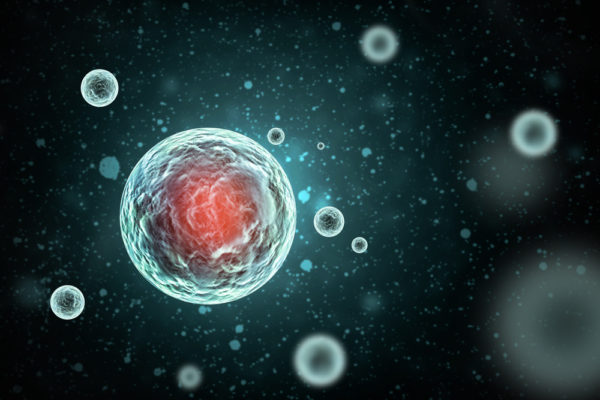
There is a frozen soup of viruses, bacteria and fungal spores lurking beneath the frigid Arctic soil. Unlike the icy leftovers in the back of your freezer, some of these microbes haven’t interacted with a cell since well before ancient Egyptians built the Pyramids of Giza. As climate change continues to cook the planet, however, these permafrost-locked germs are beginning to thaw.
But can newly defrosted microbes “wake up” and infect anything? And how much of a potential threat do they pose to human and environmental health? Those are the questions an international team of scientists began to probe in a new study, available on the preprint database bioRxiv (opens in new tab).
Disease outbreaks from permafrost are not unprecedented. Siberian reindeer herds periodically contract anthrax from bacteria in melted permafrost, according to research published in 2021 in the journal Frontiers in Veterinary Science (opens in new tab), and the issue has affected a handful of humans in these regions as well.
“Writer Fuel” is a series of cool real-world stories that might inspire your little writer heart. Check out our Writer Fuel page on the LimFic blog for more inspiration.

